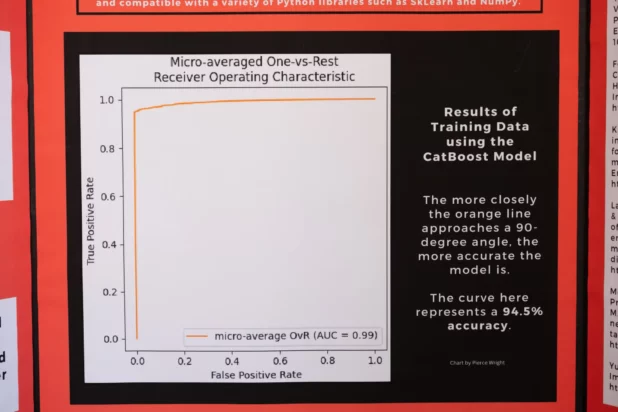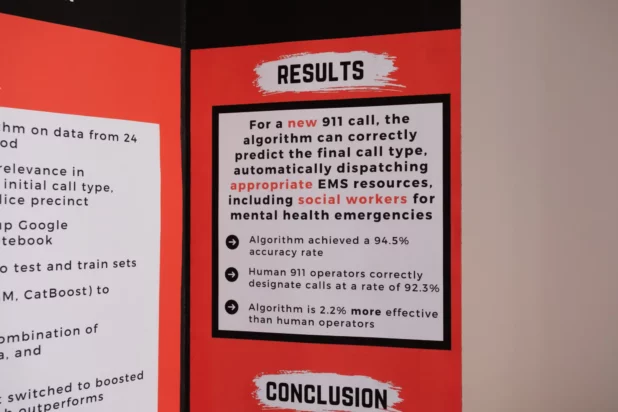Pierce Wright
911 dispatchers are all blacks and fat lazy white women (who have sex with blacks).
We should replace them with robots. Right along with the journalists and Amazon workers. Put ’em out on the streets. Tell them to skip breakfast to save money.
Everyone I don’t like is going to be replaced with helpful robots.
A Manhattan high schooler has designed an AI algorithm to help 911 callers get the aid they actually need — which would, in turn, cut down on response times and eventually save cities millions, he told The Post.
Pierce Wright — a soft-spoken 17-year-old junior at The Browning School in Manhattan — said his intricate model could assist emergency dispatchers by, for instance, predicting when a caller is enduring a mental health episode.
“If the algorithm says, ‘I think it’s a mental health call,’ then you can send a psychiatrist or a mental health professional with the EMS crew to assist the patient and provide the more appropriate care” — instead of simply rushing police to the scene, Wright said in a Wednesday interview.
“It’s saving time for the patient — and the city as well,” he said. “And it’s also able to free up an ambulance much faster.”
To design the algorithm, Wright combined his experience as an EMS worker with his data science prowess.
He spent the past year painstakingly coding the AI, then training it with nearly two decades’ worth of statistics gleaned from New York City’s massive online database of about 24 million emergency calls.
His work paid off, he says, because his model can predict what resources are needed based solely on factors such as the incoming call’s zip code, time of day, police precinct and initial severity level.
The kicker? The model has an uncanny 94.5% success rate — 2.2% higher than its human counterparts, he said.
“You need very little input from the actual caller,” Wright said as he sat at a table in his family’s Upper East Side dining room, which overlooks Park Avenue.
“You can really just say, ‘This is what it looks like.’ And the 911 operator has the zip code, police precinct, time of day, etc. They put that all in there, and in a couple of seconds, the model outputs what it believes the call will be within about 94% accuracy,” he continued.
Wright said his program can also be used for other kinds of emergency calls — for instance, if the model thinks a victim has suffered trauma, it could prepare to dispatch a paramedic instead of only EMTs.
Still, the creator was quick to say the program is meant to help dispatchers, not replace them.
But one day — after he makes it more customizable and accessible to the average person — the model could save cities millions of dollars and drastically cut down on response times, he said.
Drastically cut down on response times.
And these robots won’t hang up on you like the niggers.
The robots will also be able to recognize patterns and keep people from getting swatted.



